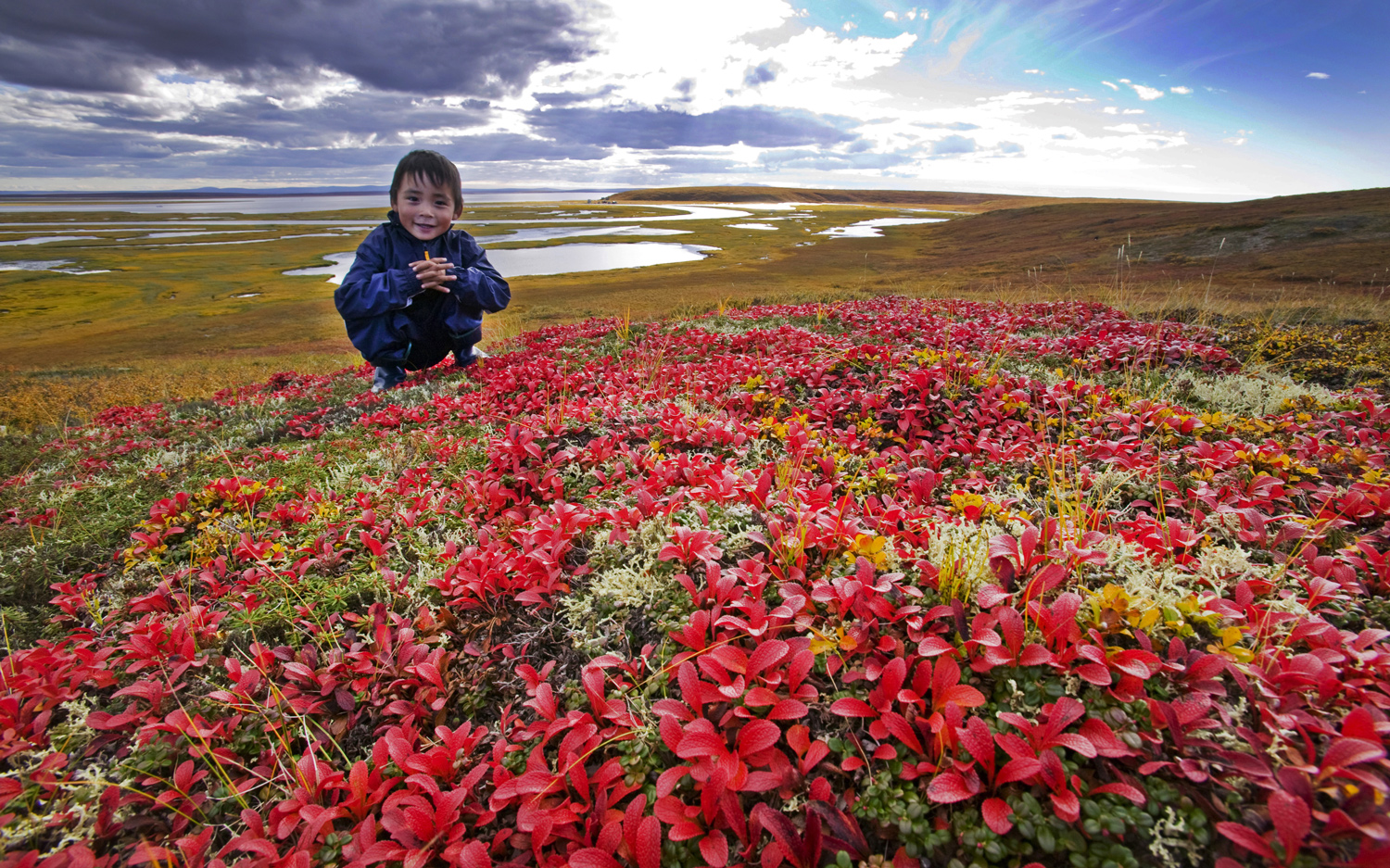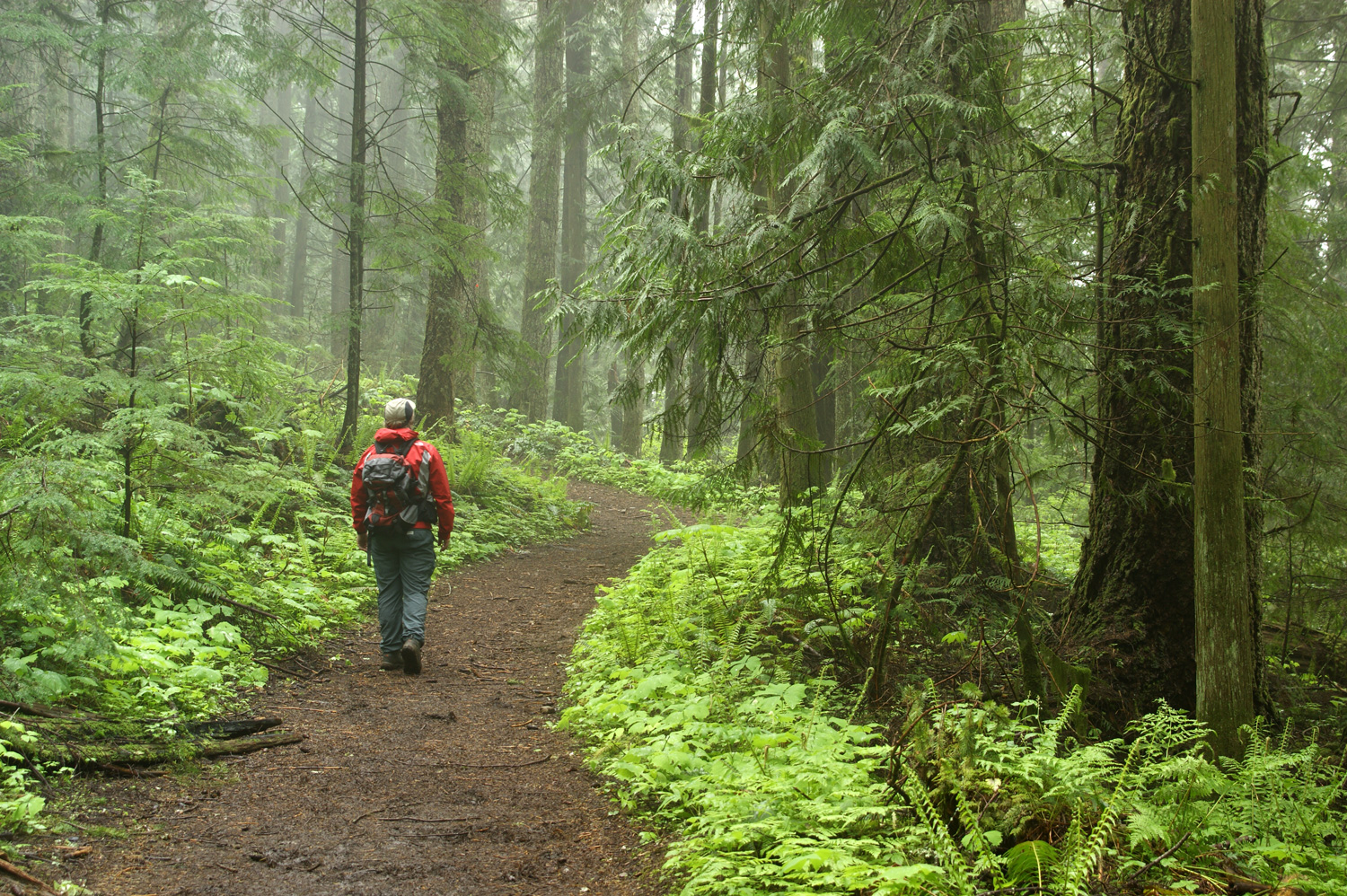United for the Climate
American Indians from various groups meet at climate camps to share ideas on how to address the climate crisis.
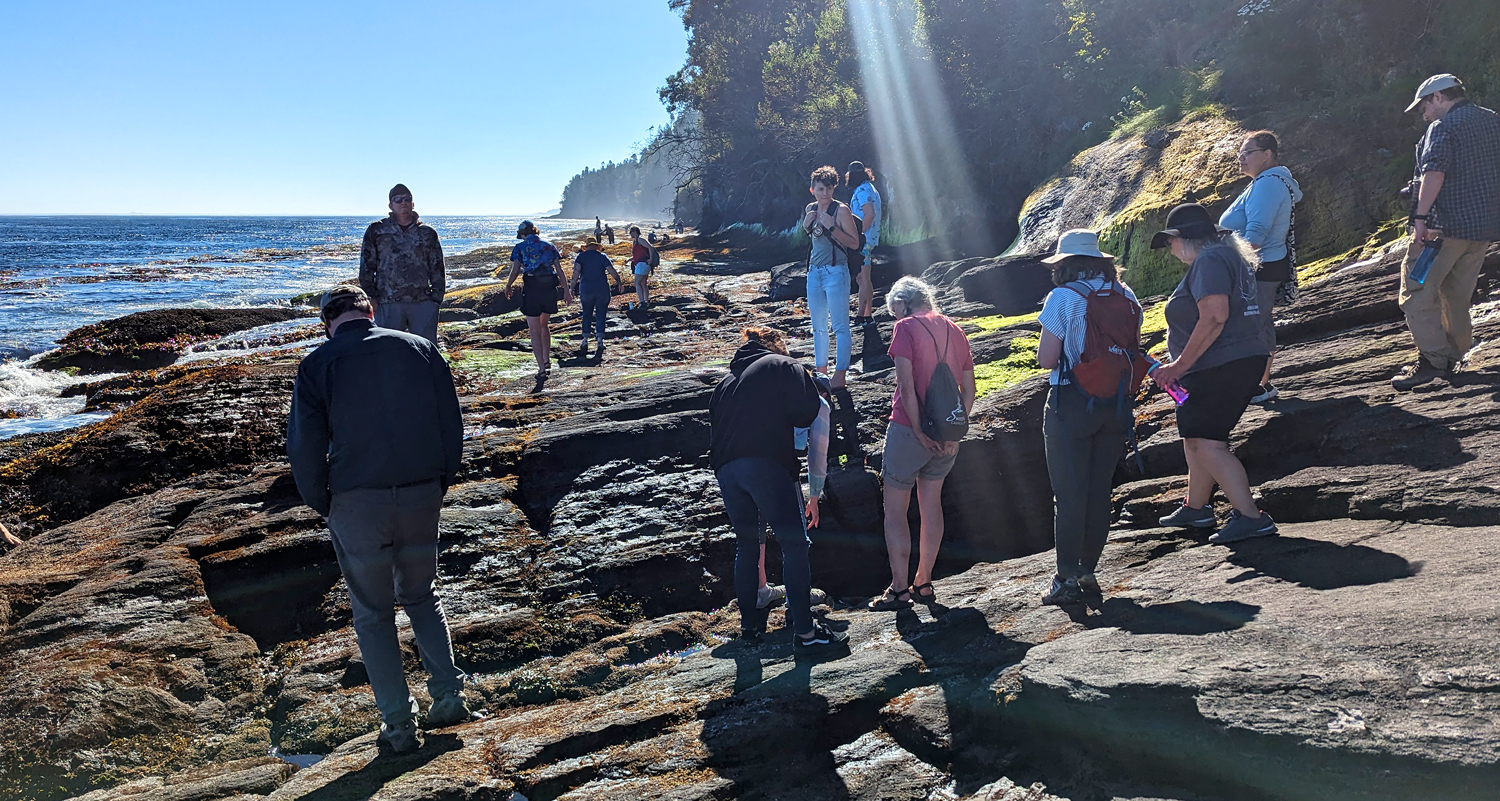
Courtesy of Affiliated Tribes of Northwest Indians
Indigenous people are among the most heavily affected by climate change. That is why, since 2016, American Indians from more than 70 nations have come together at climate camps to share solutions and support one another.
People from at least 28 American Indian nations and intertribal organizations gathered at a camp in Port Angeles, Washington, in August 2023. They discussed the many ways in which the effects of climate change are harming their livelihoods—plants have died due to excessive heat, a landslide has damaged a fish habitat (and food source for one community), and much more. Climate change affects everyone but particularly American Indians. Indigenous peoples rely on fish and other wildlife for food, medicine, and the survival of their cultures.
One of the topics of discussion was how to use millions of dollars the U.S. government set aside for Indigenous people in 2022 so that they can fund ways to adapt to climate change. Scientists presented information, and people from different groups shared projects they are working on. The Confederated Salish and Kootenai Tribes in Montana has already developed a climate response plan. Michael Durglo, Jr., head of this group’s climate change advisory committee, shared the details of the plan at the camp and invited others to use it.
“You don’t have to steal it. It’s yours,” Durglo said. “Everything I have is yours.”
“[What] this camp has done for us is to help us know that there is the network, there is a supporting web out there, that we can help one another,” Jonny Bearcub Stiffarm told the Associated Press. Bearcub Stiffarm, of the Fort Peck Assiniboine and Sioux Tribes in Montana, attended the Port Angeles camp. “So we make new songs. We make new stories. We make new visions that we embrace for the positive outcome of our people. We make new warrior societies, new climate warrior societies.”
Check out the slideshow for more photos from the Port Angeles conference.
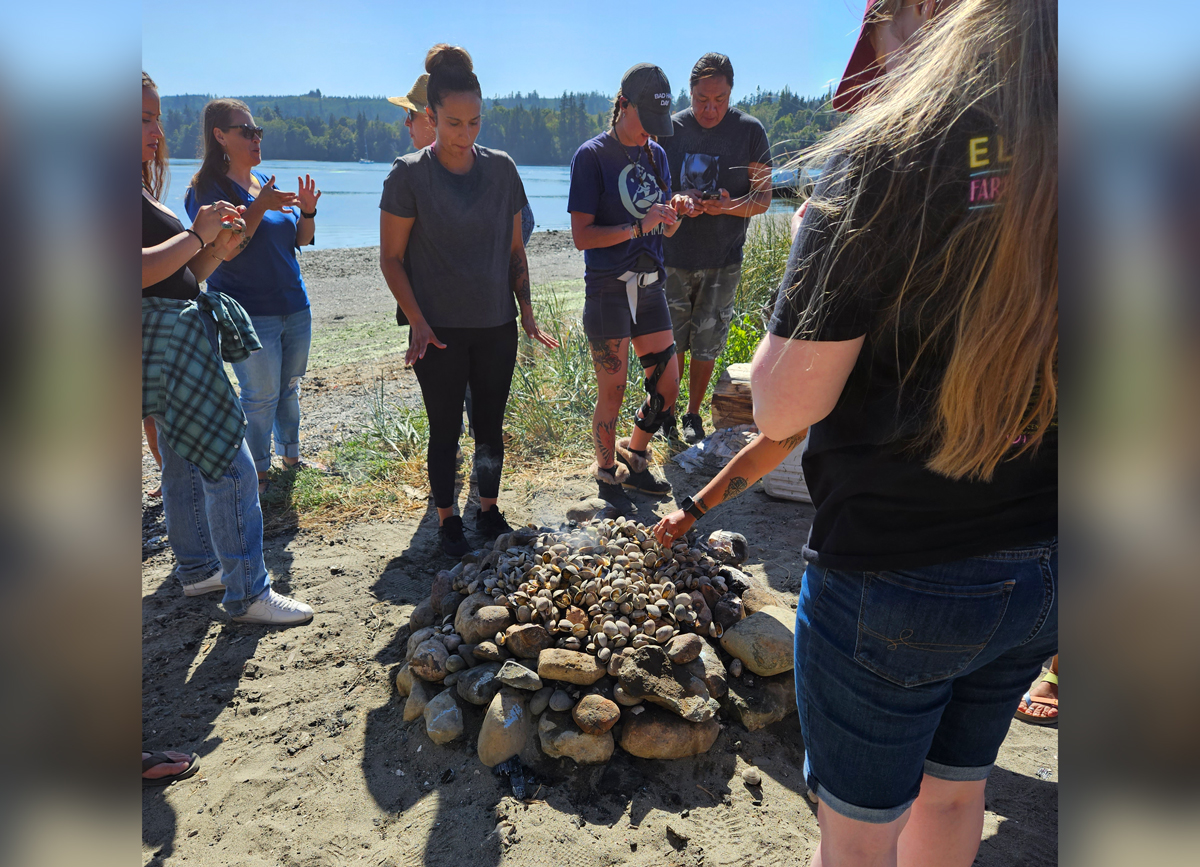
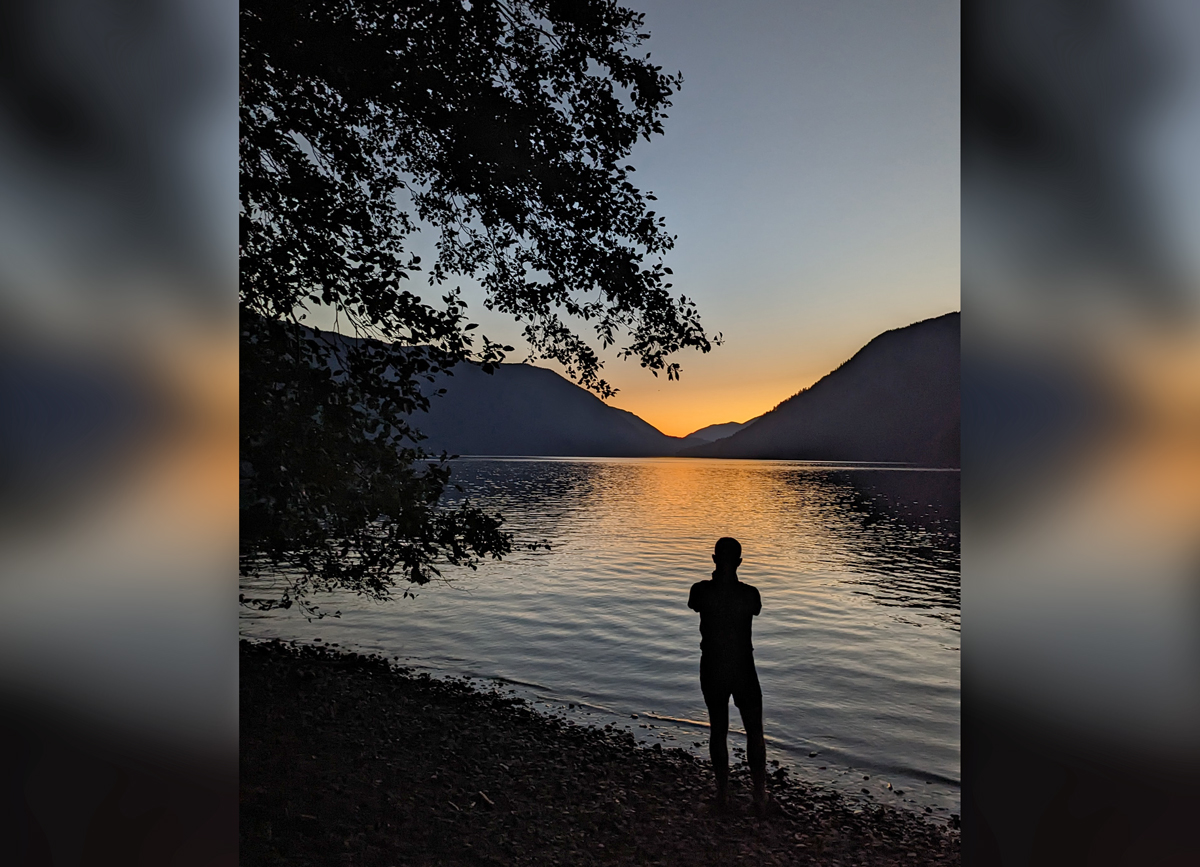
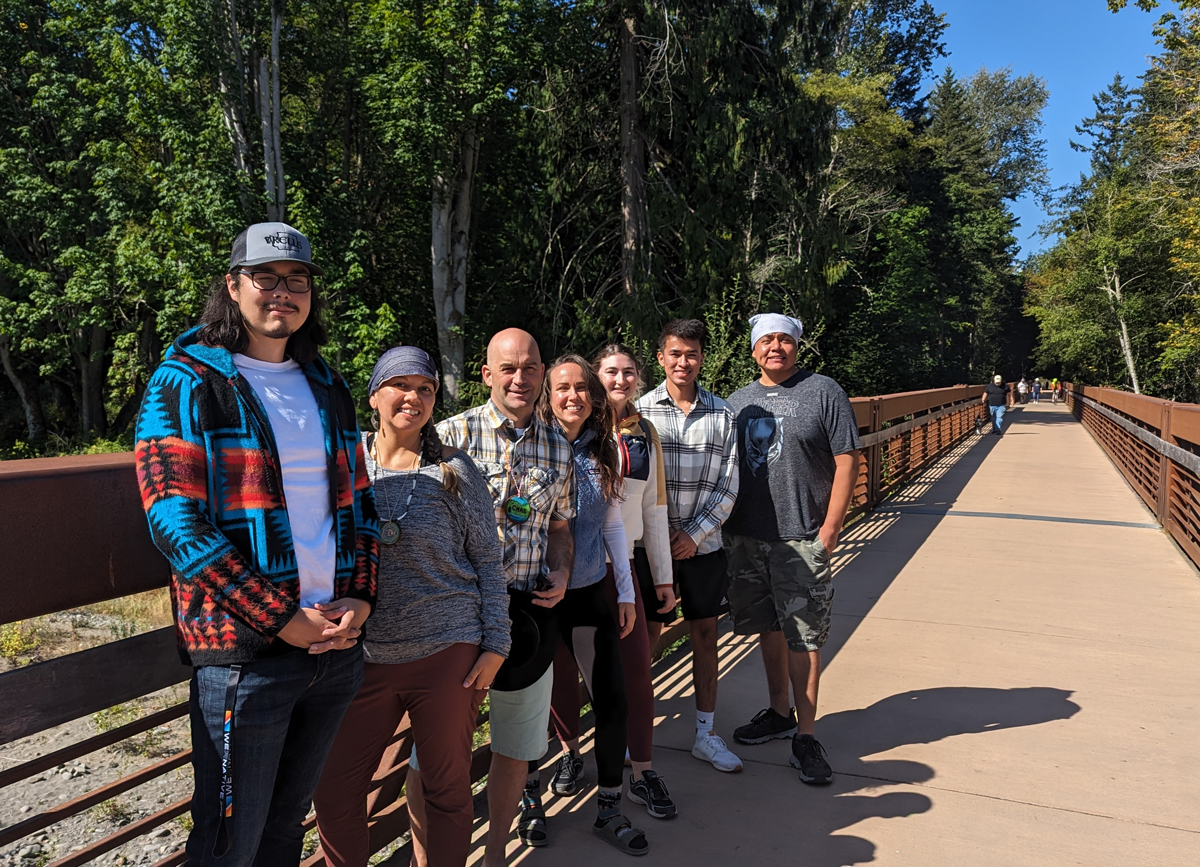
Annaliese Ramthun, Courtesy ATNI; Chas Jones, Courtesy ATNI; Jen Santry, Courtesy ATNI
The attendees of the 2023 Tribal Climate Camp in Port Angeles, Washington, discussed challenges, shared ideas, and spent a lot of time in nature.
